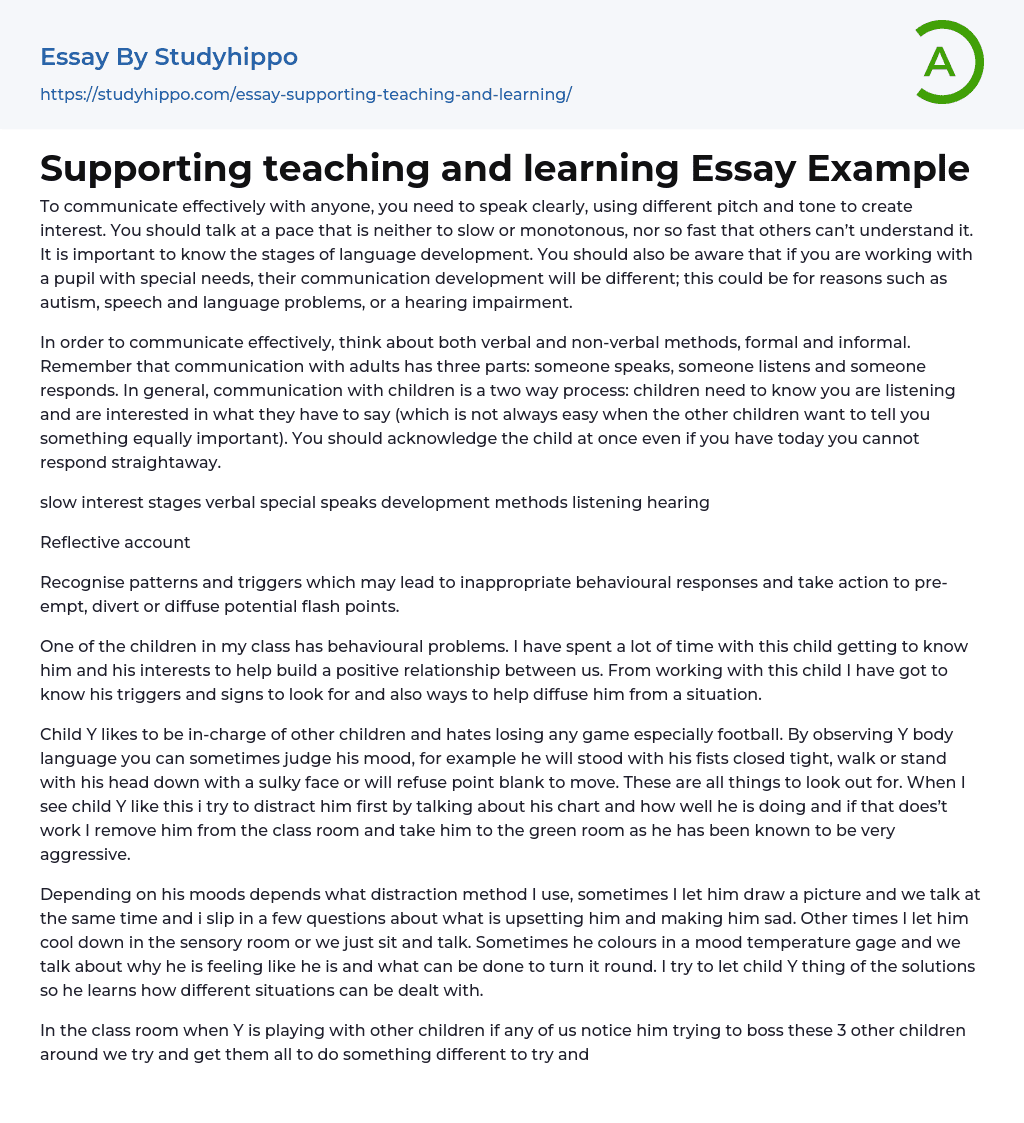To effectively communicate, it is vital to speak clearly with different tones and pitches to maintain interest. It is also crucial to maintain a moderate pace that ensures comprehension without being monotonous or excessively fast. Understanding language development stages is essential, particularly for individuals with special needs who may have distinct communication development due to conditions such as autism, speech and language issues, or hearing impairments.
Effective communication requires the use of verbal and non-verbal techniques, as well as considering formal and informal approaches. When communicating with adults, it is crucial to engage in speaking, listening, and responding. On the other hand, when communicating with children, acknowledging and appreciating their input is essential even if immediate response isn't feasible due to other obligations.
The development of verbal skills in slow learners
...is represented by special methods of listening and hearing at different interest stages.
The following is a reflective account:
Identify patterns and triggers that could result in inappropriate behavioral responses and take steps to anticipate, divert, or diffuse potential volatile situations.
Investing significant time in establishing a positive connection with one of the children in my class, who has behavioral issues, has enabled me to understand his interests. This effort has helped me identify his triggers and signs, as well as develop strategies to handle challenging situations he may face.
Child Y exhibits dominant behavior and has a strong aversion to losing games, particularly football. One can discern Y's mood by observing their body language, such as tightly closed fists, a sulky demeanor with head down, or outright refusal to comply. It is important to be
aware of these signs. To address this behavior, I initially attempt to divert Y's attention by discussing their progress on a chart. If this approach proves ineffective, I relocate them from the classroom to a designated green room, as Y has shown tendencies towards aggression.
Depending on child Y's moods, I have different methods to distract him. Sometimes, while we talk, I let him draw and ask a few questions about what's bothering him. Other times, he can relax in the sensory room or just talk with me. Occasionally, he colors a mood temperature gauge and we talk about why he feels certain emotions and how to make them better. My goal is to help child Y come up with solutions so he can learn how to handle different situations.
When Y is playing with other children in the classroom, if any of us notice him trying to boss these three other children around, we intervene and suggest that they all do something different in order to avoid conflicts.
Instead of causing trouble during lunchtime like he usually does, the boy now stays indoors with a small group of children. They engage in activities like making paper airplanes and racing them or playing with toy cars. At 12:45, he goes outside to play football with another group of children using one of the learning methods. This change in behavior has resulted in visible improvement not just during lunchtime but also in his overall afternoon mood when he comes into class.
- Child essays
- Child labor essays
- Childcare essays
- Communication Skills essays
- Cross-Cultural Communication essays
- Effective Communication essays
- Greeting essays
- Intercultural Communication essays
- Interpersonal Communication essays
- Nonverbal Communication essays
- Orality essays
- Coaching essays
- Critical Thinking essays
- homework essays
- Learning essays
- Library essays
- Listening essays
- Literacy essays
- Mentor essays
- Physical Education essays
- Project essays
- Reading essays
- Research essays
- Sex Education essays
- Social Studies essays
- Standardized Testing essays
- Study Plan essays
- Teaching essays




